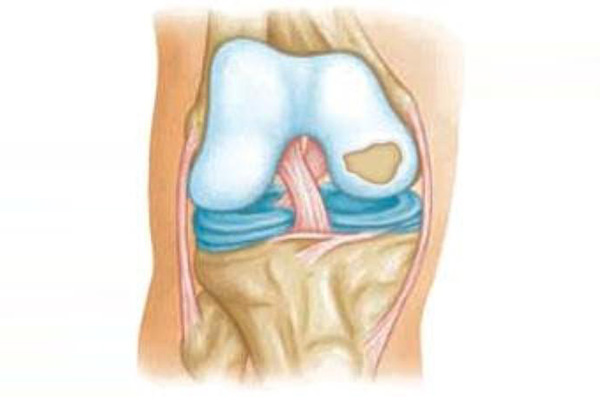
What is Osteochondral Autograft Transplantation (OATS)
In osteochondral autograft transplantation (or OATS surgery), cartilage is transferred from one part of the joint to another.
Normal, non-injured cartilage tissue is taken from a non-weight bearing area of the joint and becomes the "graft," which will be used to replace the injured cartilage area.
The cartilage graft is taken as a cylindrical plug of cartilage with the subchondral (underlying) bone. The plug is then matched to the surface area of the defect and impacted into place. The patient is left with a smooth cartilage surface instead of the previous defect.
Most commonly, just one single plug of cartilage may be taken; however, on occasion, multiple plugs may be necessary to deal with a larger area of injury.
Osteochondral autograft is used for smaller cartilage defects. This is because the healthy graft tissue can only be taken from a limited area of the same joint.
Osteochondral Allograft Transplantation
If a cartilage defect is too large for an autograft (your own tissue), an allograft may be considered. An allograft is a tissue graft taken from a cadaver donor. The donor graft is testes, sterilized and prepared in a state of the art laboratory to ensure it is appropriate for transplantation.
The advantage of an allograft is generally its size - it can be used to manage larger areas of injury. The graft can also be shaped to fit the exact contour of the defect and then press fit into place.


